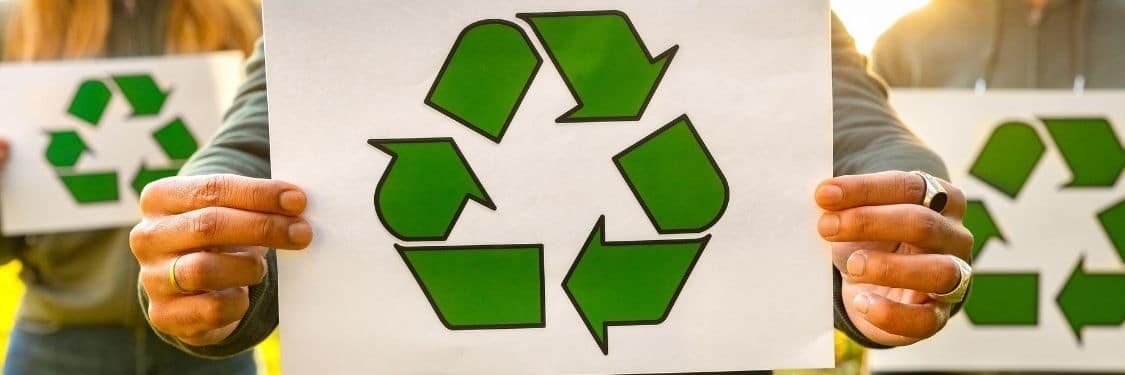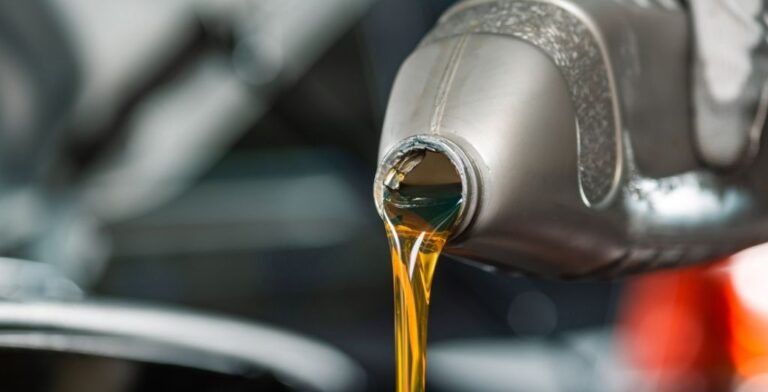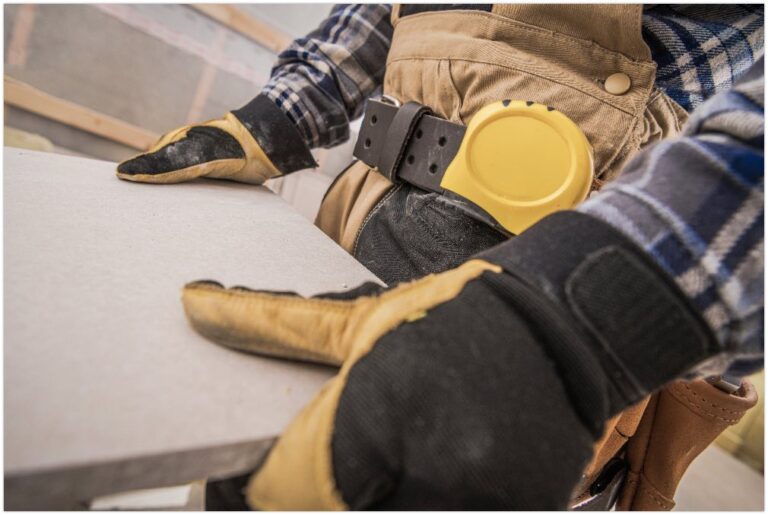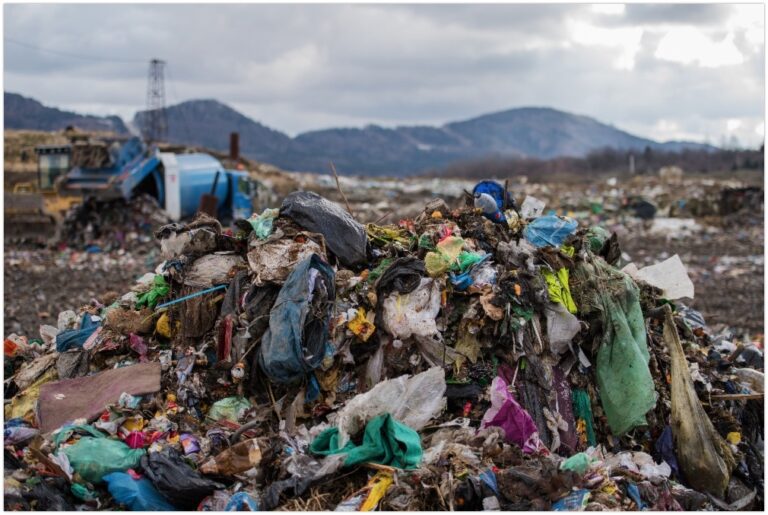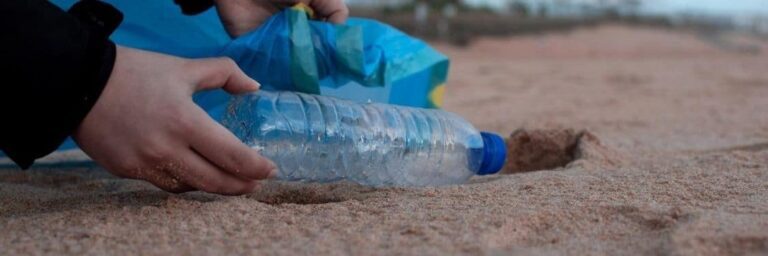In the advent of environmental awareness and zero waste movement, recycling has been a popular waste diversion method these days. However, Australians seem to find recycling a challenging task to accomplish.
Australia’s Recycling Industry
With China closing its doors from imported recyclable wastes, Australia’s left with limited choice but to deal with the rubbish we generate ourselves. However, the limited number of infrastructure and markets buying recyclable materials in Australia render the task of recycling a problematic and difficult job to sustain.
Aside from this, there are only about 193 material recovery facilities in Australia and almost all of them are nearing their maximum capacity. In the 193 MRFs in the country, almost all are manually sorted and only 18 MRFs are semi-automated and fully-automated. Additionally, recyclable rubbish in the recycling centres has stockpiled in recent years.
How Big is the Recycling Industry in Australia?
- Australian waste and resource recovery industry generates around 50,000 employment. In this industry, 20, 000 workers are directly employed while about 35,000 are indirectly labouring.
- The rate of employment depends on the type of recyclables but approximately 3,500 people are involved in the recycling or organic and compostable materials while over 250 people are employed in the tyre recovery industry.
- The recycling industry in Australia has a yearly turnover of $15 billion to the economy. South Australia alone contributes around $500 million per annum to GDP.
How Much of the total waste is Recycled?
Data from the recycling industry shows that Australia generates much more rubbish than it recycles.
- In 2017-2018, more than 3.4 million tonnes of plastic rubbish in Australia were collected and documented.
- Of the 3.4 million tonnes, only about 320,000 tonnes were recycled, thereby rendering only a recovery rate of 9.4%. That recycling rate was already a 10% increase from 2016-2017.
- About 46% of the 320,000 tonnes of recycled waste was recycled in the country while the remaining 54% was exported to countries such as China and other Asian countries for reprocessing.
Recycling of Plastic Packaging
In the year 2017-2018, around 900,000 tonnes of packaging wastes were generated but only around 33% of this amount gets recycled. That’s only about 300,000 tonnes of rubbish being diverted and more than 600,000 tonnes directly down the landfills.
According to the research conducted by the University of Technology Sydney, more than half (56%) of all the packaging rubbish is recovered and reprocessed in Australia. Of the recycled packaging materials, 72% is paper packaging while only 32% is plastic wastes. The recovery rates of PET, HDPE and PVC plastic materials were only around 28-29%.
Recycling by Region
Recovery rates in Australia vary depending on the region. In 2016-17, South Australia was the leading territory in resource recovery, with around 80% of its total waste generated reprocessed. Australian Capital Territory is not far behind and has a 75% recycling rate. ACT is followed by Victoria (69%), New South Wales (65%), and then Western Australia, Tasmania and Queensland (50%) recovery rate. Lastly, Northern Territory ranks last with only a recovery rate of 28%.
Recycling according to Waste Streams
Listed below are the recycling statistics in 2016-2017 in terms of the waste streams in Australia.
- The recycling rate for municipal solid waste is around 55%. The commercial and Industrial waste stream has a resource recovery rate of 62% while construction and demolition waste stream is at 67% recovery rate.
- In the given year, masonry waste items became the leading category of waste material. Nevertheless, the recycling rate of these materials increased from 61% in 2014-15 to 72%. So, in 2016-17, 12.3 Mt of masonry materials were recovered and reprocessed.
- Metal wastes have the highest recovery rate in terms of rubbish material. About 90% of the 5.5 Mt of metal waste was recycled.
- Around 60% of the total of 5.6 Mt of cardboard and paper materials generated was recycled. Glass materials have a 57% recovery rate while plastic items have the lowest rate of recycling which is only at 12%.
Conclusion
Waste diversion through recycling has been an extremely helpful measure to the attainment of a zero-waste country. Australia has been performing well in recent years when it comes to recycling, and we are here to help.
Paul’s Rubbish Removal is your reliable rubbish removal company in Sydney. We make sure that our services are always performed geared towards taking care of the environment. We have partnered with recycling facilities to guarantee that all recyclables will be reused and not go into landfills.
That’s why we segregate and classify your rubbish right from the beginning. More than that, we also provide efficient, cheap, and quality rubbish removal services to attend to all kinds of rubbish.
Call us now on 0407 125 125 to get a free quote or email us at info@paulsrubbish.com.au.
